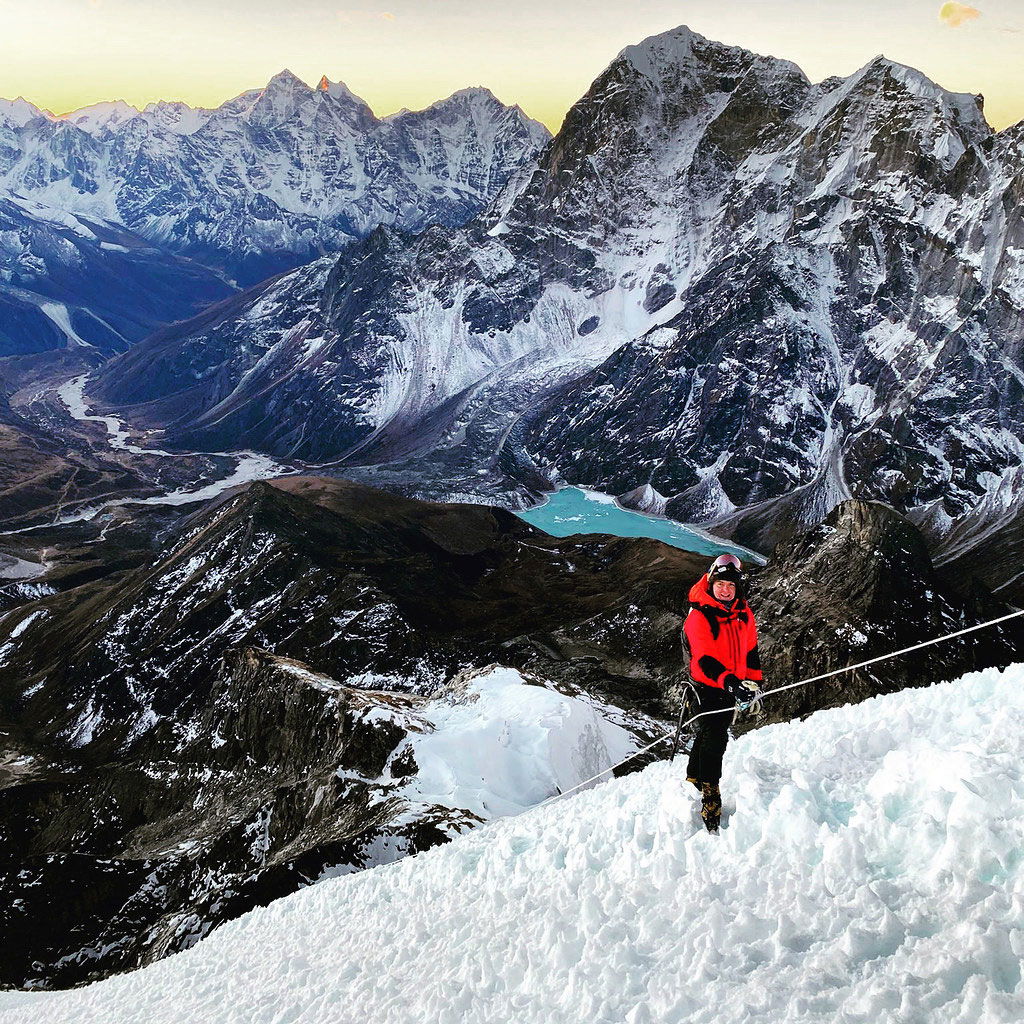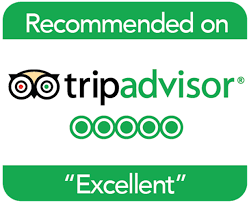Lobuche East Peak Permit Cost: A Complete Guide of Climbing
Trip Overview
If you’re planning an expedition to the Lobuche East Peak, one of the most sought-after trekking peaks in Nepal, it’s crucial to understand the associated permit costs. Lobuche East, standing at 6,119 meters (20,075 feet), offers a challenging yet rewarding climb for those who seek to conquer one of the most picturesque peaks in the Khumbu region. As part of the process, climbers must secure various permits, with each serving a specific function. This comprehensive guide will break down the Lobuche East Peak permit costs, helping you plan your adventure effectively.
What You Need to Know About Lobuche East Peak Permits
Before setting out on your Lobuche East Peak climbing journey, it’s essential to understand the types of permits required for your climb. Nepal’s permit system for trekking peaks like Lobuche East is well-organized, and climbers must comply with all the necessary regulations. These permits serve not only as access to the mountain but also help protect Nepal’s environment and local communities.
1. Sagarmatha National Park Entry Permit
The Sagarmatha National Park Entry Permit is required for anyone entering the Sagarmatha region, which includes popular trekking areas such as the Everest Base Camp and Lobuche East. This permit covers the entry fee to the national park, which helps maintain the region’s natural beauty and biodiversity.
Cost of Sagarmatha National Park Entry Permit:
NPR 3,000 (Approx. USD 30) for foreign nationals.
NPR 1,500 (Approx. USD 15) for SAARC country nationals.
This permit can be obtained at the Monjo Checkpoint after your trek begins. It is valid for the duration of your trekking and climbing expedition in the region.
2. Lobuche East Peak Climbing Permit
A special climbing permit is necessary to attempt summiting Lobuche East Peak. The cost of this permit varies depending on the season in which you are climbing.
Lobuche East Peak Climbing Permit cost
. Spring (March to May): USD 250 per person
. Autumn (September to November): USD 125 per person
. Winter (December to February) and Summer (June to August): USD 70 per person
3.TIMS (Trekkers’ Information Management System) Permit
Although not always directly associated with the climb itself, obtaining the TIMS (Trekkers’ Information Management System) permit is mandatory for trekkers in most areas of Nepal, including the Khumbu region.
TIMS Permit Cost:
USD 20 for individual trekkers. The TIMS permit allows the government to track trekkers’ movements, ensuring their safety in the event of emergencies. Trekkers need to obtain this permit before heading out on their journey, especially when trekking in remote areas like Lobuche East.
4. Additional Costs You Should Consider
While the climbing and entry permits are the primary costs, there are a few other factors to keep in mind when budgeting for your Lobuche East Peak expedition.
Transportation:
Flights: Round-trip flights between Kathmandu and Lukla are approximately USD 432 per person.
Local Transfers: Transportation within Kathmandu, such as airport pickups and drop-offs, may cost around USD 20 to USD 40.
Accommodation:
Trekking Route: Teahouses along the trail cost about USD 5 to USD 10 per night.
Base Camp: Camping fees, if not included in a package, can vary.
Meals: Expect to spend USD 25 to USD 35 per day on meals.
Guide and Porter Services:
Guide: Around USD 35 per day.
Porter: Around USD 25 per day.
Climbing Equipment:
If not included in a package, renting or purchasing necessary gear can range from USD 200 to USD 500, depending on quality and availability.
Insurance:
Comprehensive travel insurance that covers high-altitude trekking and climbing is essential and may cost between USD 150 to USD 300.
Miscellaneous Expenses:
Tips: It’s customary to tip guides and porters, typically totaling USD 100 to USD 150 per climber.
Personal Expenses: Souvenirs, snacks, and other personal items might add an additional USD 100 to USD 200.
Total Estimated Cost of Lobuche Peak Climbing Journey:
When opting for a comprehensive package from a trekking agency, the total cost for the Lobuche East Peak expedition typically ranges between USD 2,500 to USD 3,500 per person. This range accounts for variations in services, duration, and inclusions.
5. Why Permits Matter: Environmental and Safety Aspects
The costs associated with Lobuche East Peak permits contribute to the sustainable development of Nepal’s trekking and mountaineering industry. The funds generated from permit sales help to:
. Maintain the trails and trekking infrastructure.
. Support local communities through eco-tourism initiatives.
. Protect the region’s wildlife and natural environment.
. Furthermore, the permits and regulations help ensure that climbers take responsibility for their actions in the mountains, promoting safety and minimizing environmental impact.
6. How to Apply for Lobuche East Peak Permits
Obtaining the necessary permits for Lobuche East Peak can be done through an authorized trekking agency.
Application Process
Step 1: First, contact a licensed trekking agency. They will help you obtain the Sagarmatha National Park and Lobuche East Peak climbing permits. They can also handle TIMS permits if necessary.
Step 2: Provide details about your planned climb, including travel dates and any required personal documentation. Your agency will take care of the paperwork and ensure the permits are ready before departure.
Step 3: After arrival in Kathmandu, your agency will coordinate the necessary steps for obtaining permits, paying the fees, and finalizing the logistical aspects of your trip.
7. Best Time to Climb Lobuche East Peak
When planning to climb Lobuche East, timing is a significant consideration. The best months to undertake the trek and climb are March to May and September to November. During these months, the weather is generally favorable, offering clear skies and a higher chance of successful summits.
However, keep in mind that the climbing permit costs are higher during the peak seasons of April to November, so if you’re looking to reduce costs, consider climbing in the off-season. But, be prepared for colder conditions and the possibility of snowfall during the winter months.
Conclusion
Climbing Lobuche East Peak is an incredible adventure that requires proper planning and an understanding of the permit system in Nepal. By obtaining the necessary Sagarmatha National Park, Lobuche East Peak, and TIMS permits, and factoring in the costs for guides, porters, and accommodation, you can budget effectively and enjoy a safe and successful climb.
Excellent Himalaya Trek and Expedition arrange Lobuche East Climbing Permit and other permits for you. Besides permits, we also arrange experienced trekking guides and porters and all logistics. For further information, please contact us on WHATSAPP at +9779851203181.






